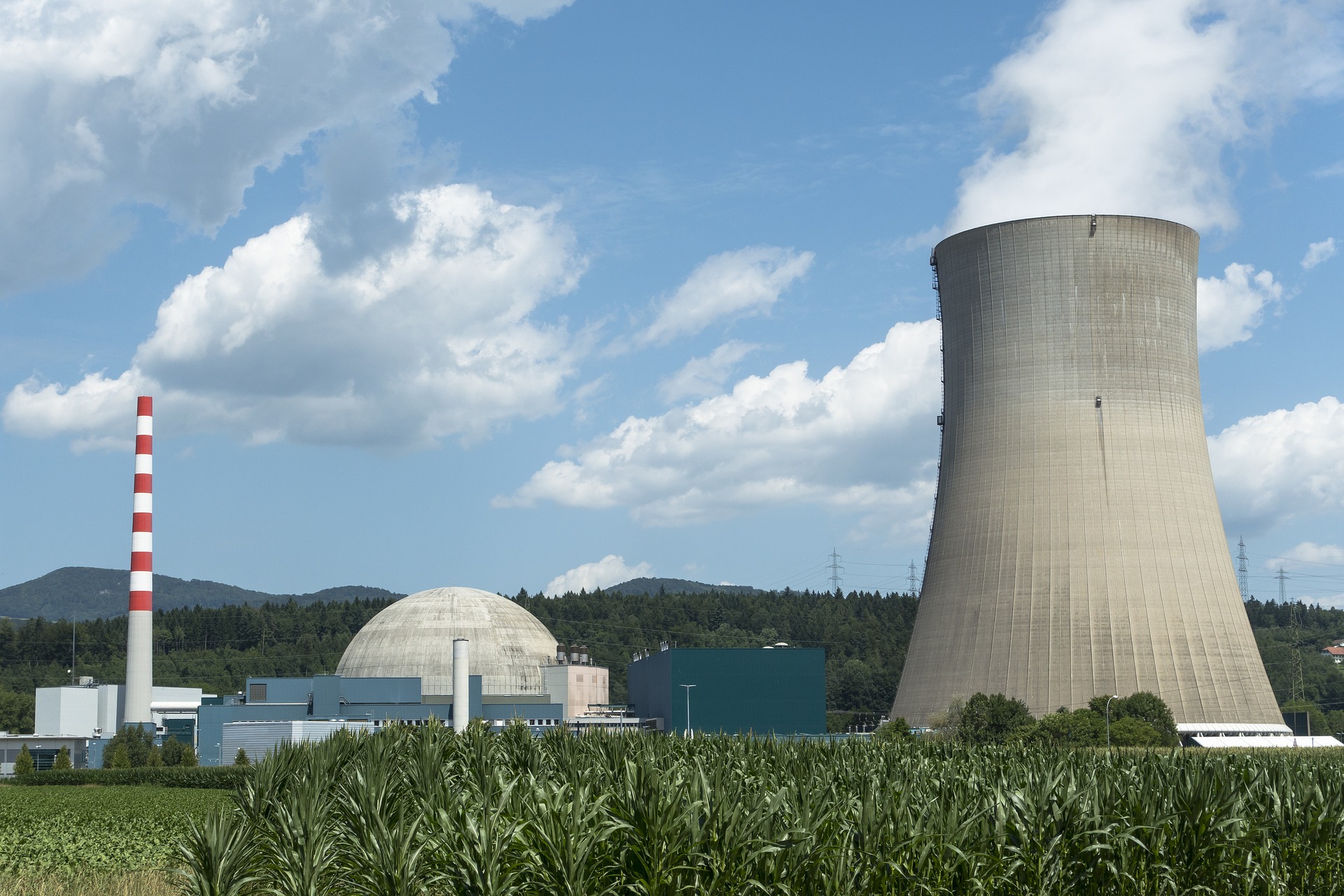
From the June 2018 BP Statistical Review of Global Energy (67th edition) here are some details on C02 emissions in 2017:
1. Global CO2 emissions from energy in 2017 grew by 1.6% (and 426.4 million tons, see data here), rebounding from the stagnant volumes during 2014-2016, and faster than the 10-year average of 1.3%.
2. Declines in CO2 emissions in 2017 were led by the US (-0.5% and 42 million tons, see chart above). This is the ninth time in this century that the US has had the largest decline in emissions in the world. This also was the third consecutive year that emissions in the US declined, though the fall was the smallest over the last three years.
3. Carbon emissions from energy use from the US are the lowest since 1992, the year that the United Nations Framework Convention on Climate Change (UNFCCC) came into existence. The next largest decline was in Ukraine (-10.1% and 28.1 tons).
4. The largest increase in carbon emissions in 2017 came from China (1.6% and 119 tons), a reversal from the past three years when the largest increases in emissions came from India. China’s emissions in 2017 were 0.3% higher than the previous peak in 2014. China has had the world’s largest increments in carbon emission every year this century except in four years – 2000 and between 2014-16. The next highest increment came from India where emissions rose by 4.4% (93.2 million tons, see chart), though lower than its 10-year average (6% p.a.).
5. Together, China and India accounted for nearly half (212.2 million tons) of the increase in global carbon emissions (426.4 million tons). EU emissions were also up (1.5% and 42.4 million tons, see chart) with just Spain accounting for 44% of the increase in EU emissions. Among other EU members, UK and Denmark reported the lowest carbon emissions in their history.
MP: For that impressive “greening” of America, we can thank the underground oceans of America’s natural gas that are now accessible because of the revolutionary, advanced drilling and extraction technologies of hydraulic fracturing and horizontal/directional drilling, and are increasingly displacing coal for the nation’s electricity generation.
—
This article republished with permission from the American Enterprise Institute.
[Image Credit: Pixabay CC0 Creative Commons]
















Leave a Comment
Your email address will not be published. Required fields are marked with *